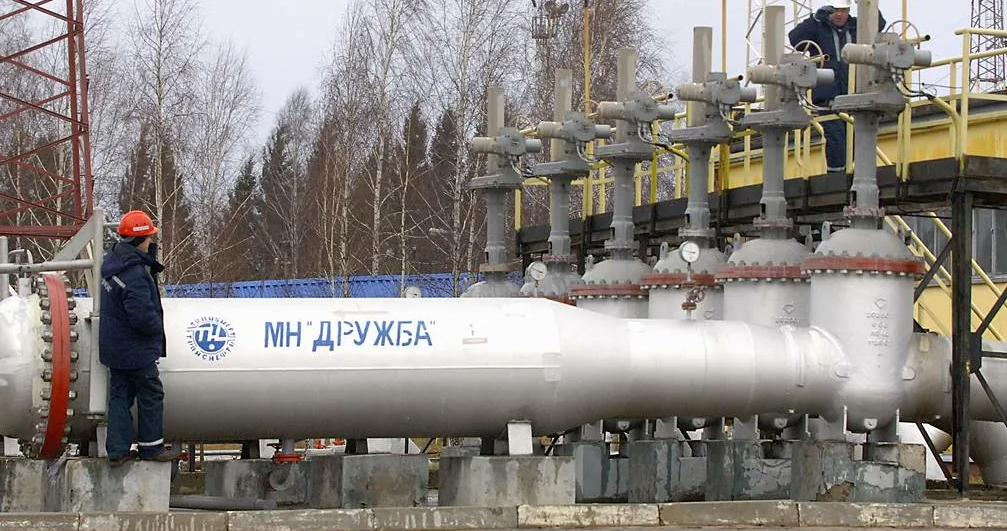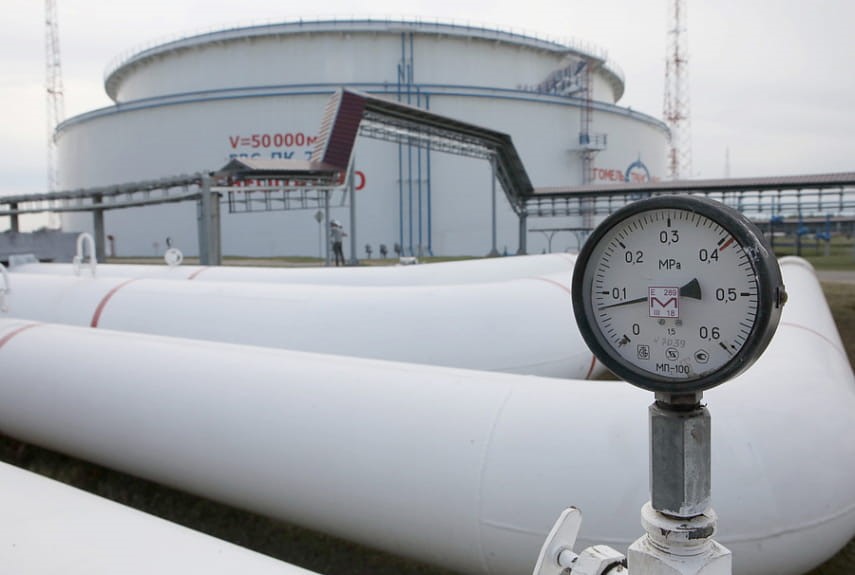In the end of April, the President of the Russian Federation V. V. Putin signed an order on the implementation of the project for the construction of Gomel – Gorki oil trunk pipeline, which will be the country's first pipeline designed exclusively for internal transit.
Earlier, President of Belarus Alexander Lukashenko, in order to diversify oil supplies to the Republic in 2020-2023, ordered to implement an investment project for the construction of Gomel - Gorki oil trunk pipeline (Mogilev region).
The main purpose of the project is to connect the Northern and Southern branches of the Belarusian section of the Druzhba oil pipeline to transport oil between Mozyr Refinery and Naftan Novopolotsk Refinery.

The idea to combine the pipelines of then separate Belarusian operators Gomeltransneft Druzhba and Polotsktransneft Druzhba was discussed for many years. On October 1, 2019, JSC Polotsktransneft Druzhba became a branch of JSC Gomeltransneft Druzhba. Their combination made it possible to implement the project.
The Gomel - Gorki pipeline will make it possible to deliver hydrocarbon raw materials to Naftan from the Baltic via Poland and from the Black sea via Ukraine. As well as Belarusian oil produced in the Rechitskiy district. The management of both refineries is tasked with organizing storage of a strategic reserve of about 1 million tons of oil in tank farms.

The state company JSC Gomeltransneft Druzhba was designated as the customer for the design and construction of the pipeline, and the General contractor is Production Association Belorusneft.
When planning the project, several options were considered. The shortest of the proposed routes was 180 kilometers long. However, when studying the area, there were significant nuances and risks that canceled out the economic effect of distance reduction. The choice was made in favor of another route with a distance of 207 kilometers, one of the advantages of which was the absence of water barriers. Without affecting water protection zones, the pipeline will be laid between the rivers Sozh and Dnipro, which will not only avoid complex and very expensive construction of underwater crossings, but also protect the environment as much as possible in case of emergencies. For the same purpose, the project is subject to strict rules and requirements. For example, the minimum distance to localities is at least 150 meters.
The pipeline will be laid in stages in the direction from South to North. The route, which originates in Gomel region, will pass through Buda-Koshelevsky, Chechersky, Kormyansky, as well as Cherikov, Slavgorod and Krichevsky districts. Under Gorki, the pipeline will join the existing Unecha - Polotsk oil pipeline.
The project consists of 12 sections. In addition to the linear part, the construction of an intermediate oil pumping station and the reconstruction of two stations already in operation – Gomel and Gorki. The estimated cost, including filling the pipe with process oil, is about 300 million rubles. State and local authorities will assist the Customer in the construction of the facility.
The General contractor is currently developing project documentation. Construction and installation works are scheduled to start in November 2020, and commissioning is scheduled for 2023.
Source:
https://yandex.ru/turbo/s/sb.by/articles/vse-plyusy-vnutrennego-tranzita.html?promo=navbar&utm_referrer=https%3A%2F%2Fzen.yandex.com
https://gasandmoney.ru/novosti/belorussiya-postroit-nefteprovod-gomel-gorki/





